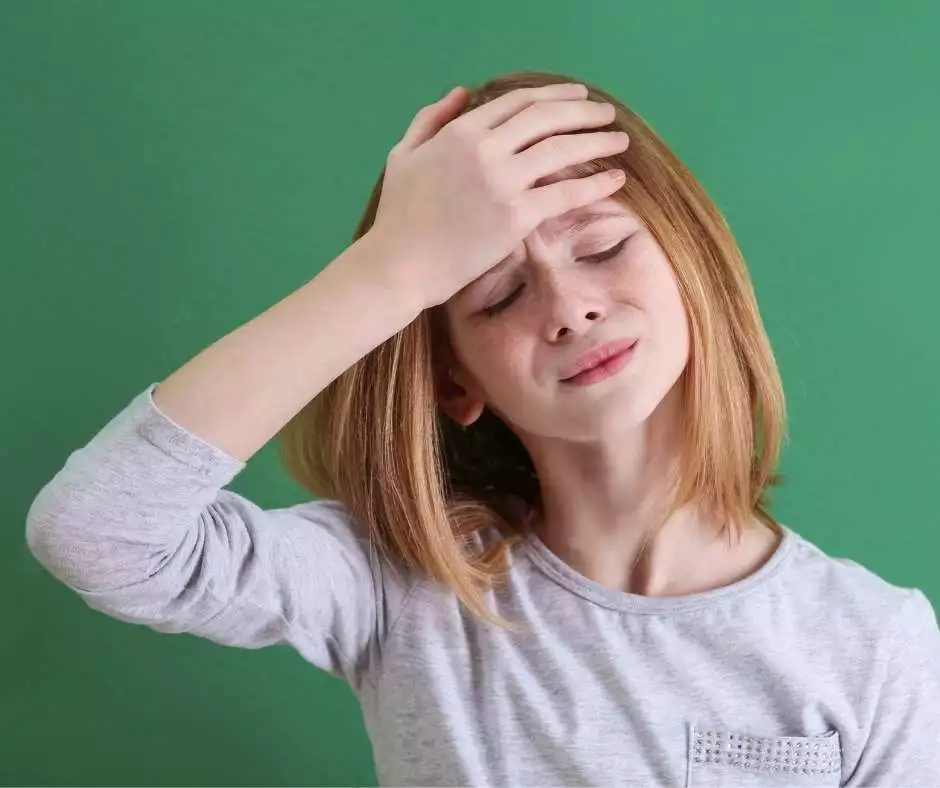SHARE

Headaches are one of the top five health problems in childhood, with over half of children and adolescents developing headaches at some point. Here are some things that every parent should know in order to help their child, and to help determine when it’s time to see your doctor.
1. What’s causing my child’s headache?
Headaches can be caused by a wide variety of factors. The most common triggers include stress or anxiety, lack of sleep, heat, and screen time, specifically video games. Other triggers include bright lights or glare, vision trouble or eye strain, high altitude, menstruation, medication, fasting, dehydration, certain foods (like chocolate, sugar or smoked meats), caffeine and lack of exercise. With all of these possible causes, it is easy to see how headaches can be a regular occurrence for kids, especially in the time of distance learning.
2. What type of headache does my child have?
The first thing to do is to try to determine what type of headache the child has and what could be triggering them. Keep a headache journal, writing down the time of day, intensity, and quality of the headache (pounding, squeezing, pulsating, etc.) along with the other possible contributory factors. Did your child get enough sleep the night before? What did they eat that day? What made the headache better? If a pattern or a specific trigger emerges, future headaches can often be avoided. This information can also be greatly helpful in determining whether a child has a tension headache versus a migraine headache, and can help guide prevention and treatment.
3. Is my child having a migraine?
Migraine headaches can run in families, but children can have different features. Like adults, migraine headaches in children feature a pulsating quality, they are aggravated by routine activity, and include nausea or vomiting, and sensitivity to light or sounds. Some adults will experience visual changes called an “aura” before a migraine but for children, the preceding signs are more commonly fatigue, mood changes, neck pain or stiffness, and scalp tenderness.
4. What can I do to help my child avoid headaches?
If headaches can be prevented by avoiding the child’s triggers, that is certainly ideal. For example, if the child’s trigger is fasting or dehydration, making sure that they always have a backup snack and a water bottle available can be very helpful. When a headache happens, it’s important to give pain medication as soon as the headache becomes noticeable – the bigger the headache, the longer it takes for the child to feel better, even with the proper medication. Lifestyle modifications can also reduce headache burden. Sleep hygiene, daily exercise, stress reduction, and avoiding dehydration can all be helpful. Visit our blog post on preventing headaches for more information.
5. When should we see our CPCMG provider about my child’s headaches?
Red flags are a sudden headache that is maximal at onset (called a “thunderclap headache”), a quickly worsening headache type (ex. going from once a month to daily), headaches that only occur in certain positions, and headaches that are worst in the middle of the night or first thing in the morning. Headaches triggered by cough or Valsalva maneuvers (like pooping) or are accompanied by infections symptoms, such as fever, ear pain, stiff neck, or sinus congestion, should also be evaluated by your CPCMG provider. It’s important to know that less than 1% of brain abnormalities in patients present with chronic headache as the only symptom, but if in doubt make an appointment with your CPCMG provider and bring your headache journal with you.

